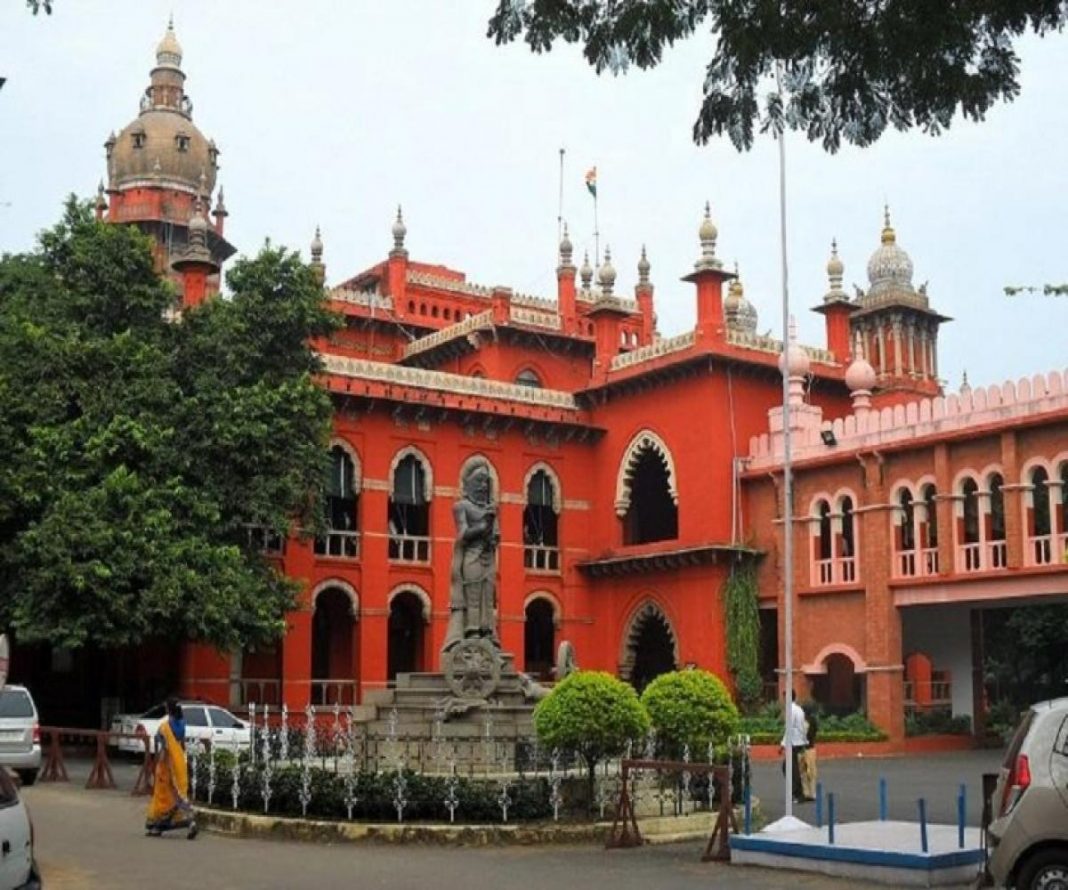The Madras High Court has frowned upon its own Registry for attempting to exercise judicial powers by segregating connected cases and listing one set of those cases before a Division Bench and the other before a single Bench.
The Division Bench of Chief Justice Sanjib Banerjee and Justice P. D. Audikesavalu last week passed this order, while hearing a petition filed by Sharpoorji Pallonji and Company.
In this petition, the petitioners have challenged one or more orders passed by the Central Government in exercise of the Central Government’s authority under Sections 230 to 232 of the Company’s Act, 2013.
In connection with challenging the orders, the petitioners also questioned the validity of a 2017 notification issued under Section 462 of the Act. By such notification, matters pertaining to amalgamation and demerger of Government companies have been excluded from the purview of the authority of the National Company Law Tribunal and the Central Government has been assigned such role.
The Court held, “Section 462 of the Act permits the Central Government to make certain provisions of the Act applicable or not applicable to certain classes of companies with or without modifications. The petitioners also assail the constitutional validity of such perceived excessive delegation, though there may not be much merit in such contention.
“It appears that when combined petitions to assail the orders passed by the Central Government together with challenging the validity of the notification of June 13, 2017 and the propriety of Section 462 of the Act were filed, the Registry deemed it appropriate to advise the petitioners that the petitions had to be segregated such that the challenge to the vires of the statute and the validity of the notification had to be placed before a Division Bench and the challenge to the orders impugned had to go before a Single Bench. This was utterly ridiculous and completely devoid of any element of sense,” the Court observed.
The Court said that when a challenge is made to the validity of a statute or a rule, there must be a context in which the challenge is made. Ordinarily, it would involve the challenge to an order or the applicability of a rule or any notice issued in such regard which prompts the challenge to the rule or the statutory provision which enables the order or notice to be made.
The Court opined that there must be an immediate action which is challenged and the validity of any provision is questioned as a part of such challenge. A statutory provision or a rule may not be challenged in vacuum, without there being a sequitur thereto. Courts do not take up provisions of statute and academically decide on the validity thereof without first ascertaining the relevance of such decision in the context of the list.
The Court further observed that the registry should restrain itself and not delve into judicial acts or require the ridiculous separation of the immediate challenge from the challenge to the validity of any statutory provision or rule. It is just like a declaration cannot be issued in a civil suit without there being a relief for a consequential injunction; or, like a reference cannot be made without there being a matter in which the result of the reference would be applied.
The Court further said that unless allegations are levelled against the adjudicating authority qua the conduct of the adjudication or against an arbitrator or the arbitral tribunal on grounds of personal misconduct, adjudicating authorities and arbitrators or arbitral tribunals are utterly unnecessary – and imminently avoidable – parties whose names ought to be struck off at the receiving stage of the petitions unless it is indicated that personal allegations have been levelled against them.
Also Read: CJI NV Ramana condoles passing away of Telangana High Court judge, Justice P Keshava Rao
The Court stated that the Registrar-General will ensure that the receiving personnel at the Registry are made aware of the elementary principles recorded herein and a training programme in such regard may be conducted at the judicial academy as expeditiously as possible so that such mistakes are not repeated.
“In the light of the above, the connected writ petitions separately filed before the Single Bench, should appear along with these petitions and be tagged with the respective writ petitions herein for appropriate orders to be passed on the petitions in the light of the real issues between the parties which are covered in the petitions listed before the Single Bench. For the judicial purpose, the petition challenging the validity of the provision and the notification along with the petition assailing the relevant order, will be treated as a composite petition, since no adjudication is called for on the petition challenging the validity of the provision and the notification when divorced from the challenge to the relevant order”, the order read.
The Court directed the Central Government to file counter-affidavits within three weeks. The Court has fixed the next hearing of the petition on September 17.


